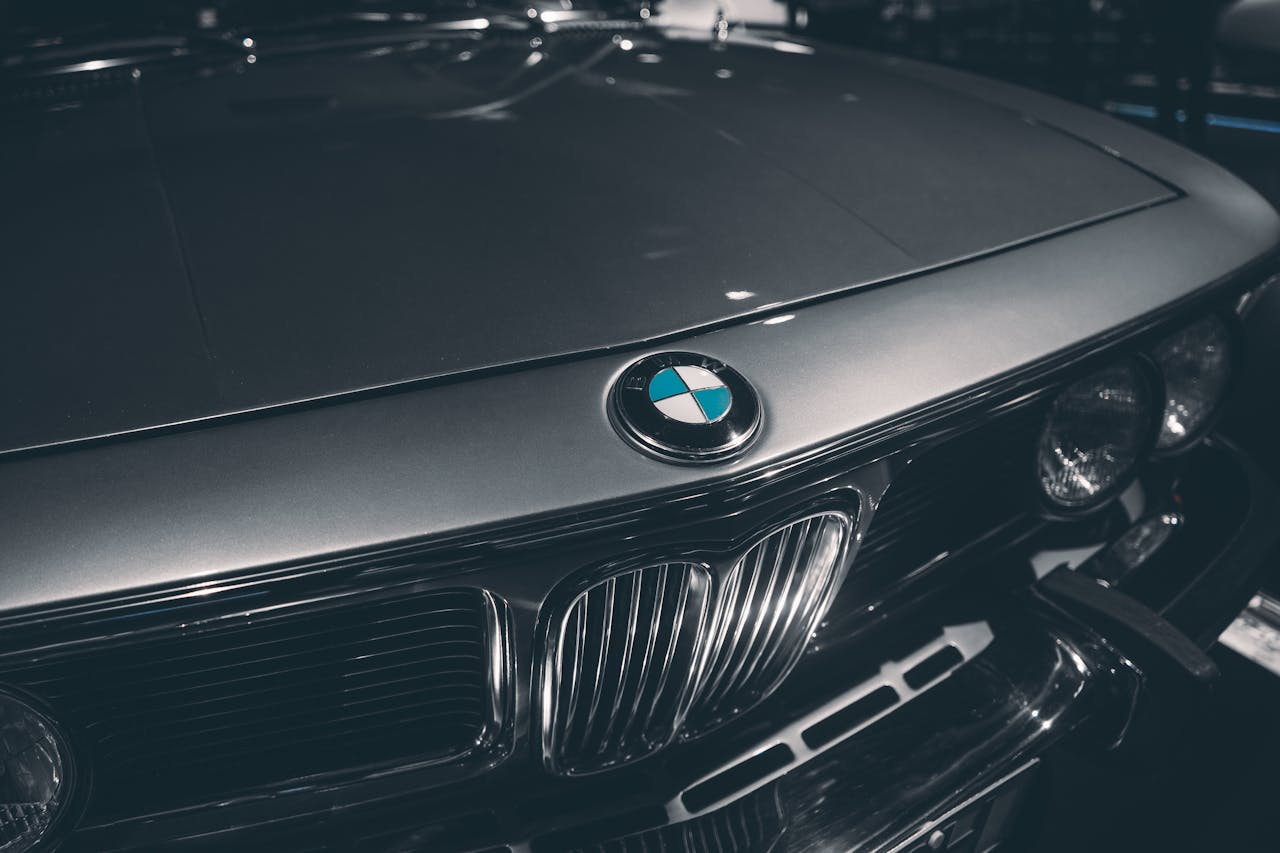Everyone knows that Bayerische Motoren Werke produces not just cars that people drive, but those many dream about. They are of high quality and take pride in the fact that their construction is as good as their appearance. The Indy Auto Man BMW experts compiled a short list of historical facts and crazy moments in BMW’s long and colorful life. Some of them are well known, but some will surprise even loyal brand fans.
1. World War I forced the company to take up cars.
One of the most common misconceptions about BMW is that the company logo represents an aircraft propeller. In fact, it emphasizes its Bavarian origins (the colors of Bavaria are white and blue), and the airplane myth is associated with a 1929 advertisement where the BMW emblem rotated inside a propeller. That is, the company really took part in the creation of aircraft, setting several speed and altitude records achieved with the help of BMW IIIA engines, but after the end of the First World War, sanctions followed, and the Versailles Peace Treaty of 1919 closed the topic of aviation for a long time. BMW was forced to switch to engines for trains and, more importantly, motorcycles. Its contribution to aviation aside, BMW’s journey into motorcycle manufacturing has also been iconic. From developing the classic motorcycle boxer engine to its modern superbikes, BMW has remained at the forefront of innovation. Whether you’re acquiring a new bike or need professional motorcycle shipping services, ensuring that your ride arrives safely is crucial no matter where you are. This decision resulted in the invention of the iconic motorcycle boxer, the success of which eventually led to the acquisition of Fahrzeugfabrik Eisenach (in 1928), at the time producing a redesigned Austin Seven. In 1929, BMW improved it, first creating the DA2 engine (3/15 hp), and then the first car under the BMW brand.
2. BMW almost turned into a supplier of spare parts for Mercedes.
BMW was a major supplier to the German army in the middle of the last century. After the war, the company experienced hard times due to sanctions with almost zero reserves and outdated models. By 1959, the situation had become threatening, and creditors effectively gave BMW an ultimatum: declare bankruptcy or be sold to Mercedes-Benz. In those days, this would not have been such a stunning deal – BMW then could not be compared with the almighty Mercedes, as it does nowadays. The board could not decide, and Herbert Quandt objected to any options. He found a way to acquire a controlling stake, which saved the company from collapse. Soon after, Neue Klasse cars started rolling off the assembly line, and you know the rest.
3. BMW’s first plant outside of Germany was in South Africa.
In 1972, the company took control of the Rosslyn plant (previously owned by a local importer), officially opening BMW’s representative office in South Africa and its first production site outside the country. The company has been working with South Africa since 1929, selling motorcycles there. This cooperation continued until cars became its main product. The Germans found it necessary to take over control of all operations and built the full-fledged plant. Over fifty years, the South African company produced more than 1.6 million vehicles and, at one time, was considered the most modern in the world. Today, the plant produces X3, a prominent competitor to the Audi Q5, for export to the USA and other countries such as Japan and Australia.
4. BMW and Alpina were the first to install paddle shifters.
The first production car with steering wheel paddle shifters was the Ferrari F355 Berlinetta, released in 1995. However, a similar system, Switch-Tronic, appeared on the Alpina-tuned BMW 325i two years earlier. It was paired with a Bosch TCU and a ZF five-speed automatic transmission with sport drive mode. The up and down buttons on the front of the steering wheel provided the driver the overall control of the gearbox. This system proved to be cooler than the previously released 1991 Porsche 911 Tiptronic transmission, upshifting or downshifting faster.
5. BMW released the first premium crossover.
Today, motorists are so accustomed to land yachts sailing past that it is hard to believe they once did not exist. We can thank BMW for that, and their E53 X5 Sports Activity Vehicle released in 1999, combining the space and capabilities of an SUV with the dynamics and handling of a sedan. Of course, luxury SUVs, such as the Range Rover or Mercedes ML, had existed before, but they were all body-on-frame. The X5 used a monocoque structure, which reduced its off-road capabilities somewhat but made up for it with refined on-road performance (which greatly embarrassed the competition) and plenty of power provided by the 4.6is with its 342-horsepower V8 engine. The proportions and elements of that design are still visible in modern X’s. The E53 was a resounding success – more than 600 thousand cars were sold worldwide, forcing competitors to urgently reconsider their strategies. And today, SUV remains the most popular type of vehicles.

